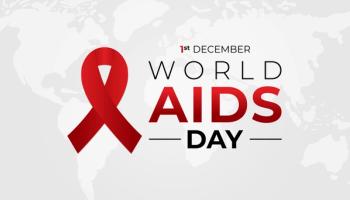
Medical home model invests in primary care
MCOs must evaluate outcomes of pilot programs before concluding that cost savings will follow quality trends
The Patient Centered Medical Home (PCMH) emerged as a model for reforming the delivery and financing of primary care. Its proponents posit improvement in clinical outcomes, containment of escalating healthcare costs, reductions in racial and ethnic disparities in care, empowerment of patients and enhancement in professional satisfaction.
VALUE PROPOSITION
Politicians, patient advocates, policy wonks and organized medicine have found common ground in proposing the transformation of primary care into the medical home, and this movement is gaining momentum. Managed care executives are being asked to organize and fund demonstration programs and pilots designed to improve the delivery of primary care and to more equitably compensate primary physicians for their services. Executives must carefully evaluate the outcomes of these programs and pilots before concluding sustained cost savings will follow from the quality improvements medical homes may achieve.
The medical home is best described as a primary care practice which is organized-often with the aid of an EHR, but not necessarily-to be more responsive to patients. The PCMH is designed to more effectively monitor the status of patients between office visits, to better coordinate care, to make better use of non-physician staff and to more effectively engage patients in their own care.
Inherent in this organization is the transformation from a payment model that reflects episodic face-to-face physician office visits as the dominant means of compensation to a model that recognizes the value of care coordination and the non-face-to-face and non-physician delivered services that yield better care, especially for patients with chronic conditions. PCMH pilots have been implemented in an effort to demonstrate the feasibility of this transformation and to evaluate the clinical and financial outcomes.
Many of these efforts are multi-stakeholder with numerous primary care practices, health plans and other delivery system components collaborating to establish an operational program. Essentially all of these pilots include increased payments from health plans to primary care practices that demonstrate transformation to PCMH. Outcomes information, however, remains limited thus far.
Don Liss, MD, is the regional medical director for Aetna.
Newsletter
Get the latest industry news, event updates, and more from Managed healthcare Executive.






















































